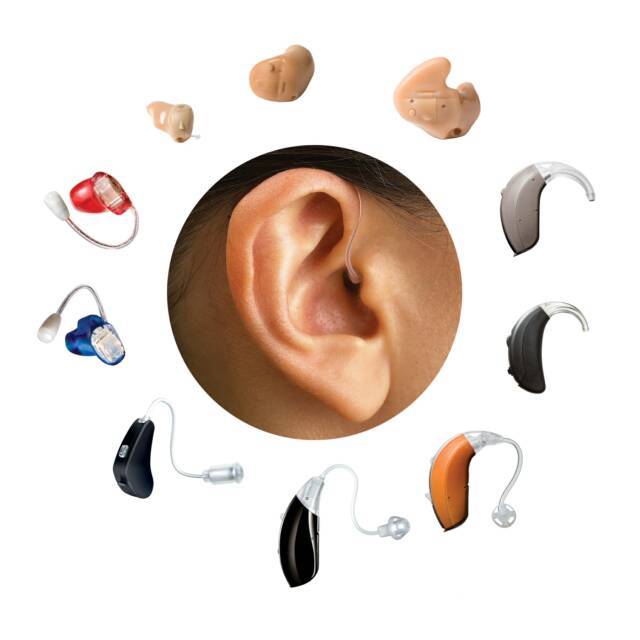Jun 5
2023
The Latest Trends in Hearing Aids Design
 There’s nothing wrong with carrying devices that help you in your tasks better, be it hearing aids or walking canes; however, they make many individuals feel self-conscious. Consequently, gadgets like hearing aids have undergone a remarkable transformation, combining fashion, convenience, and functionality to create devices with innovative designs. In this article, we’ll discuss these in detail.
There’s nothing wrong with carrying devices that help you in your tasks better, be it hearing aids or walking canes; however, they make many individuals feel self-conscious. Consequently, gadgets like hearing aids have undergone a remarkable transformation, combining fashion, convenience, and functionality to create devices with innovative designs. In this article, we’ll discuss these in detail.
The latest trends in hearing aid designs are revolutionizing how hearing loss patients perceive their devices. Devices now have sleek designs that sit in the ear discreetly without attracting much attention. Let’s explore five key trends in hearing aid design that empowers individuals to embrace their hearing aid with confidence and pride.
Discreet and Invisible Solutions
One of the most significant trends in hearing aid designs is the move towards discreet and virtually invisible solutions. Modern hearing aids are designed to be sleek, compact, and blend seamlessly with the wearer’s natural appearance. The following four types of hearing aids offer these amenities:
Behind the Ear (BTE)
Behind-the-ear hearing aids sit behind the ear and consist of a transparent tube connected to the earmold. Advanced miniaturization technologies have created smaller components, making the BTE models more discreet than ever. These devices are easy to clean and use, even recommended for children, offer minimal feedback, and are suitable for mild to profound hearing loss.
In-the-Canal (ITC)
Advancements in custom earmold manufacturing and 3D printing techniques have led to the development of completely-in-canal (CIC) or invisible-in-canal (IIC) hearing aids. ITC devices are made of invisible plastic shells placed inside the ear canal. The deep placement allows them to be minimally visible and small. However, patients find it difficult to handle considering its size. It is prone to earwax build-up and is inappropriate for profound hearing loss.
In-the-Ear (IEA)
In-the-ear hearing aids are more prominent than the other options, comprising parts within a shell placed in the ear’s outer part. They are made to appear discreet by customizing them in colors that match your skin tone. IEA hearing aids work well with directional microphones and telecoils. The cons of this style include earwax build-up, feedback issues, and unsuitability for profound hearing loss.
Receiver-In-Canal (RIC)
Receiver-in-canal hearing comprises a tiny receiver inside the canal and an invisible tube. This hearing aid also sits inside the ear canal, virtually invisible. They also utilize an open-fit concept preventing the canal from being entirely blocked. They are also prone to wax buildup and are inappropriate for profound hearing loss.